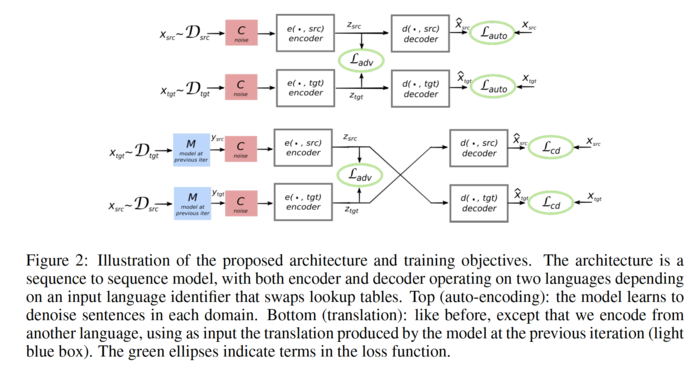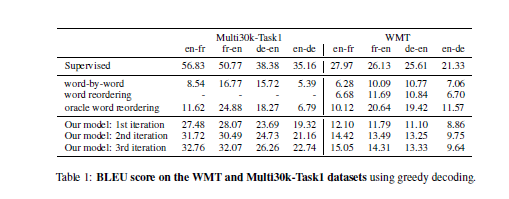a neural representation of sketch drawings
Introduction
lalala
- To provide a strong lower bound that any semi-supervised machine translation system is supposed to yield
Related Work
The authors offer two motivations for their work:
- To translate between languages for which large parallel corpora does not exist
Methodology
Dataset
Sketch-RNN
Unconditional Generation
Training
Experiments
Conditional Reconstruction
Latent Space Interpolation
Sketch Drawing Analogies
Predicting Different Endings of Incomplete Sketches
Applications and Future Work
Conclusion
References
- Bahdanau, Dzmitry, Kyunghyun Cho, and Yoshua Bengio. "Neural machine translation by jointly learning to align and translate." arXiv preprint arXiv:1409.0473 (2014).
fonts and examples
The unsupervised translation scheme has the following outline:
- The word-vector embeddings of the source and target languages are aligned in an unsupervised manner.
- Sentences from the source and target language are mapped to a common latent vector space by an encoder, and then mapped to probability distributions over
The objective function is the sum of:
- The de-noising auto-encoder loss,
I shall describe these in the following sections.



